Humans news stories

A large number of extraordinary new fossils, including many soft-bodied creatures, have been discovered near Llandrindod Wells in Powys.

People who use psychedelic substances in an attempt to self-treat their mental health tend to report mild-to-moderate positive outcomes, according to new research published in the Journal of Psychopharmacology. But there were more negative effects reported by these individuals than in clinical settings where professionals are involved in the treatment.
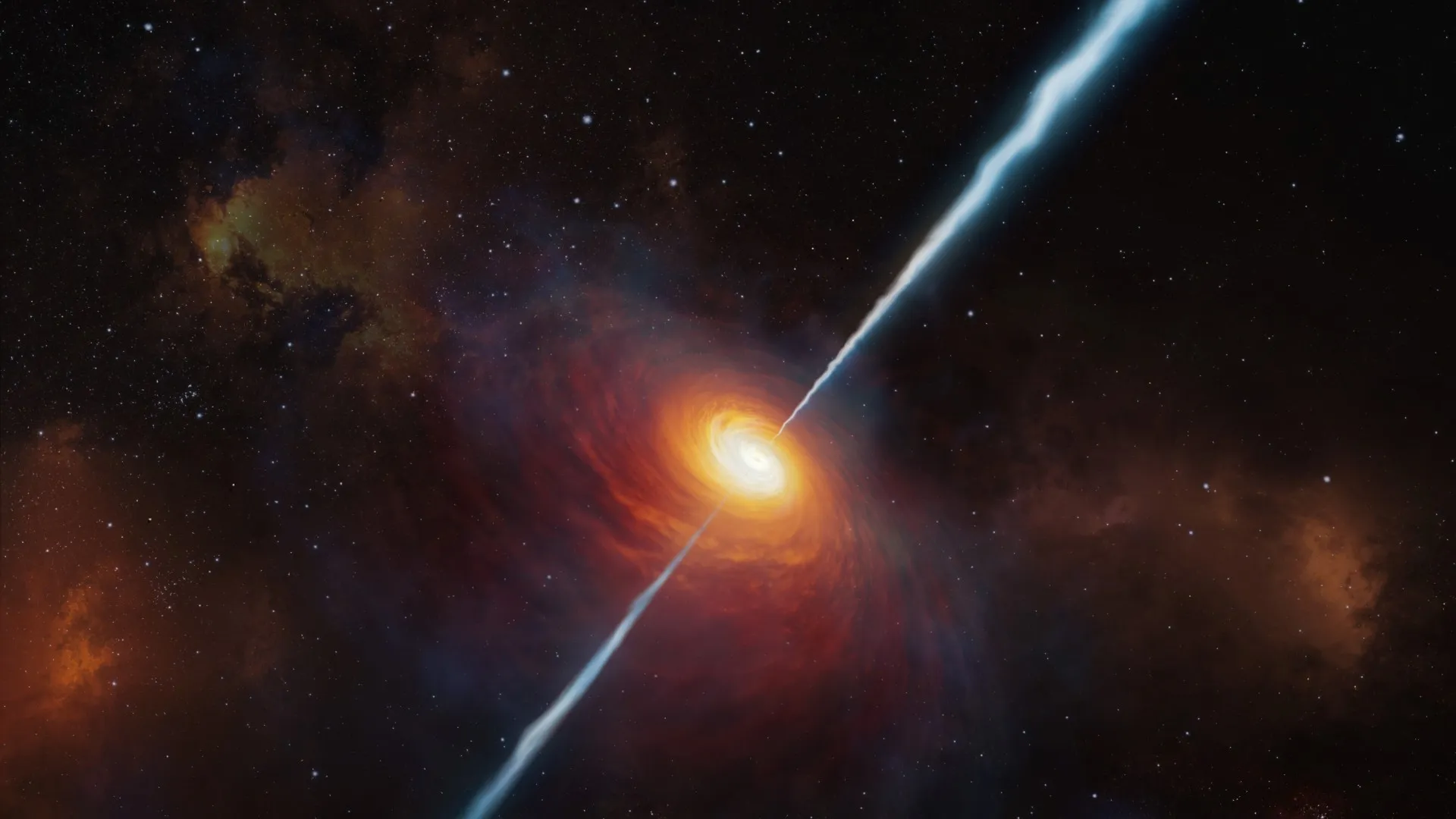
Quasars, the most extreme phenomena in the universe, are triggered when galactic collisions deliver gas to feeding black holes, new research suggests.
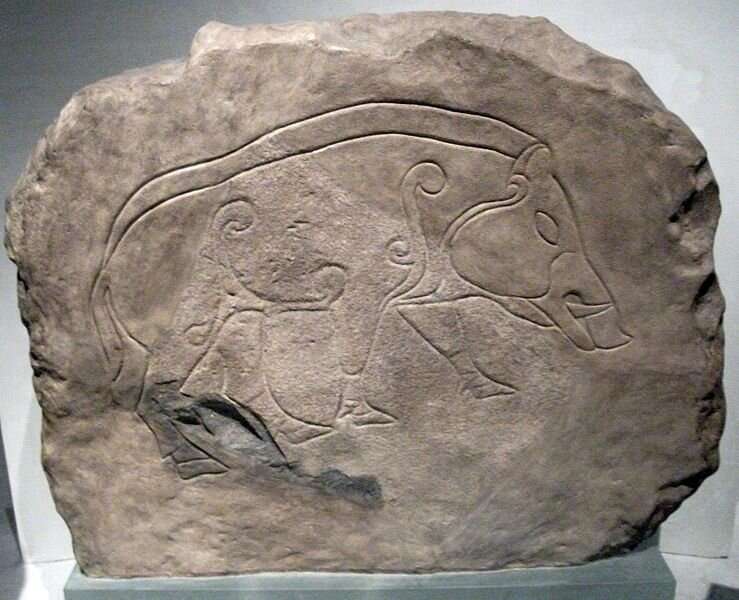
The Picts of Scotland who have long intrigued and have been ascribed exotic origins in fact descended from indigenous Iron Age society and were genetically most similar to people living today in Scotland, Wales, North Ireland and Northumbria. See the research here.
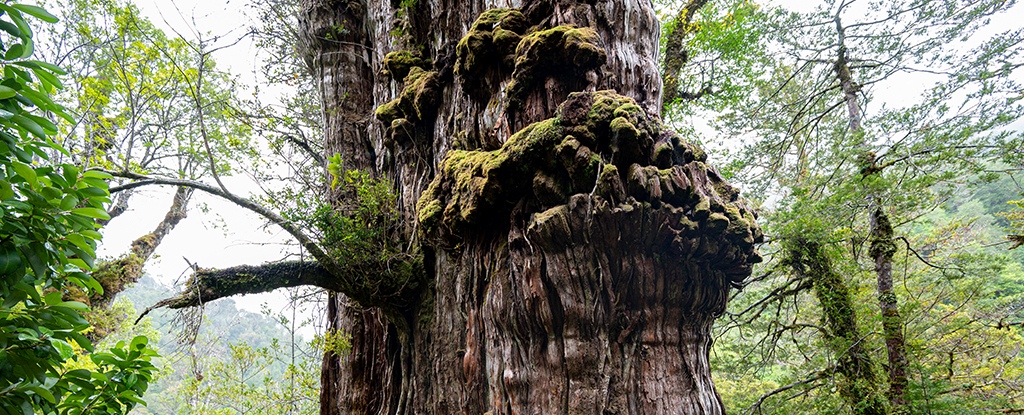
Believed to be more than 5,000 years old, it is on the brink of replacing Methuselah, a 4,850-year-old Great Basin bristlecone pine found in California in the United States, as the oldest tree on the planet.

Franklin wasn’t the victim of data theft at the hands of James Watson and Francis Crick, say biographers of the famous duo. Instead, she collaborated and shared data with Watson, Crick and Maurice Wilkins. The researchers laid out their findings in a commentary in the April 27 Nature.

If we want the psychedelic revolution to be ethical and equitable, we must consider the context in which these medicines are being industrialized—and what our priorities are.

Archaeologists in Spain have unearthed five life-size busts of human figures that could be the first-known human depictions of the Tartessos, a people who formed an ancient civilization that disappeared more than 2,500 years ago.

With the mass of about half an eyelash, a hunk of crystal exists in two distinct states at once. See research here.

The ancients certainly divided humanity into different groups and recognised differences of colour. But they did not categorise people in racial terms as we do, nor attribute the same social meanings to human differences. Whether we are talking of Cleopatra or Aristotle, to portray them as “white” is to project a contemporary racial sensibility into the past.

Archaeologists in Egypt have discovered several tombs and chapels dating back around 3,300 years in an ancient cemetery at the site of Saqqara.

The nature of dark matter is a longstanding puzzle. However, a new study by Alfred Amruth at the University of Hong Kong and colleagues, published in Nature Astronomy, uses the gravitational bending of light to bring us a step closer to understanding.
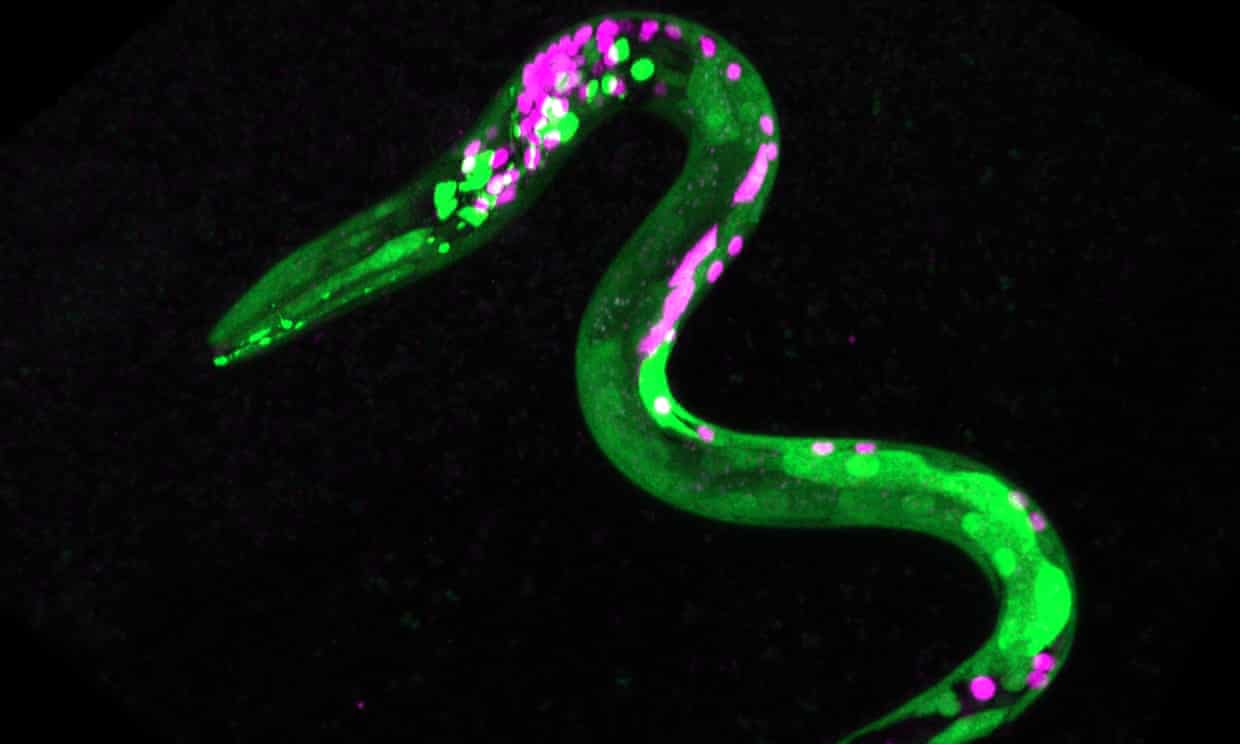
It is not just humans that get the munchies: worms also display the same craving for their favourite snacks after consuming cannabis, new research has found.
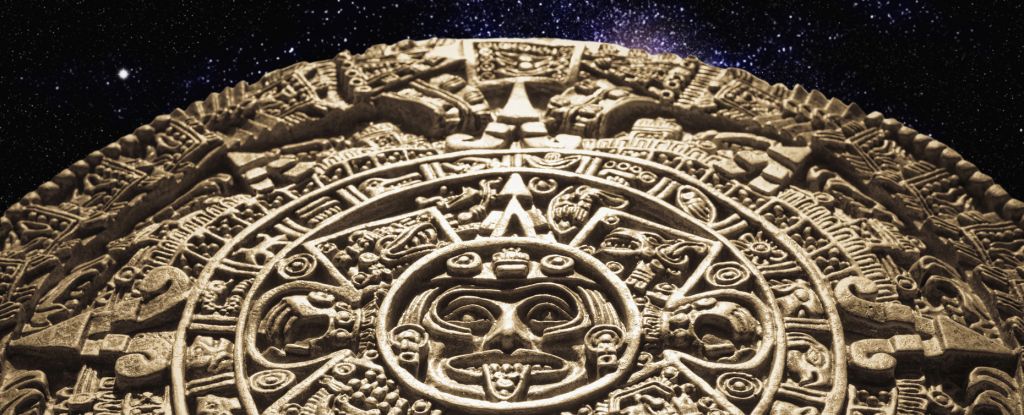
A cycle featured in Maya calendars has been a mystery pretty much since it was rediscovered, and its deciphering began in the 1940s. Covering a period of 819 days, the cycle is referred to simply as the 819-day count. The problem is that researchers couldn’t match that 819 days up to anything. See the paper here.

Roughly 10% of patients with cancer experience anxiety, while 20% report depression. However, current research suggests that available prescription antidepressants do not significantly decrease depressive symptoms in cancer patients compared with a placebo. See research here.
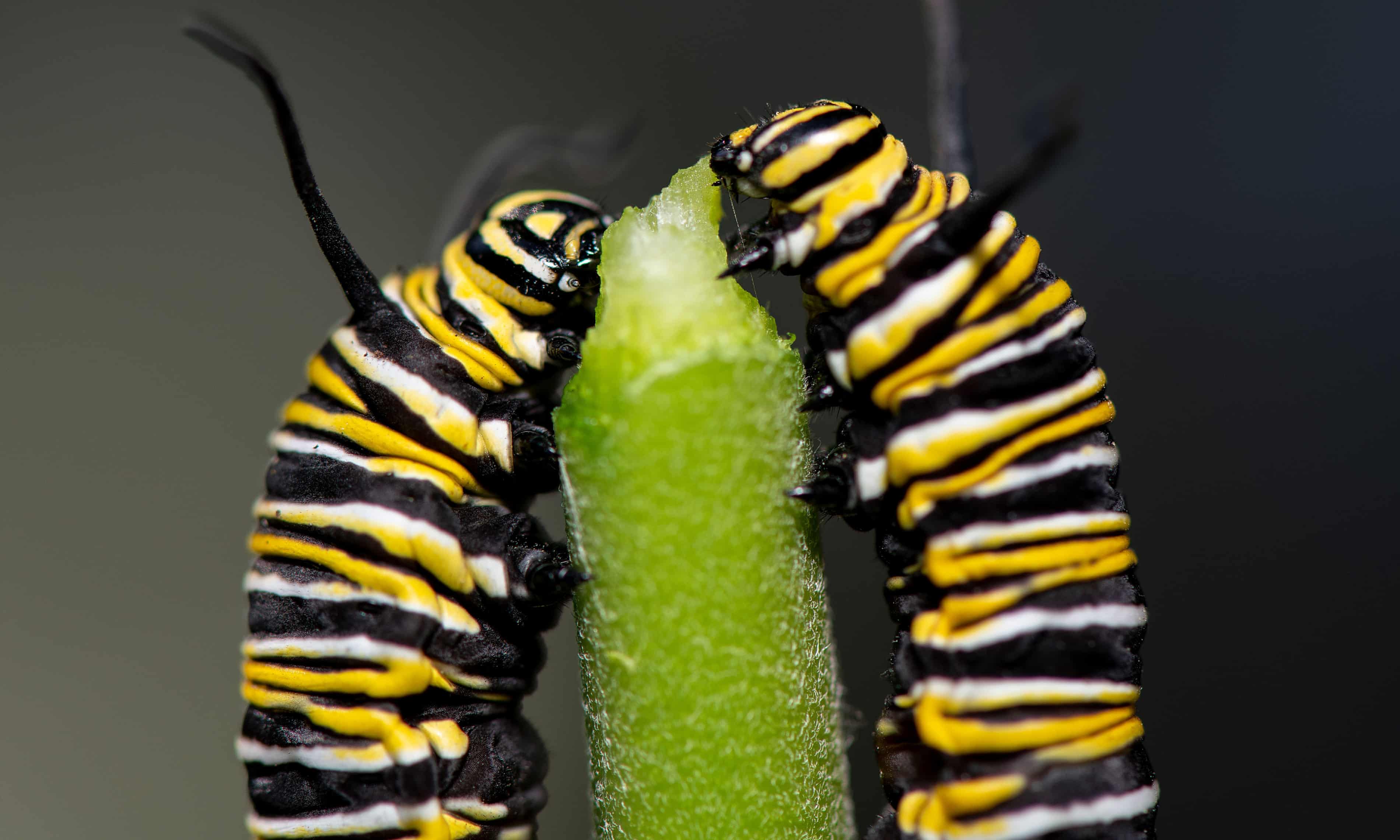
What are the most successful organisms on the planet? Some people might think of apex predators like lions and great white sharks. For others, insects or bacteria might come to mind. But few would mention a family of plants that we see around us every day: grasses.








